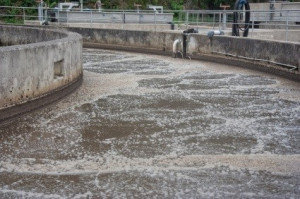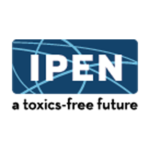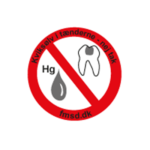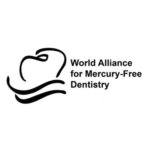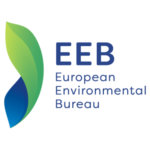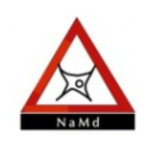After amalgam is in circulation, it is difficult to control because it enters the environment via so many pathways. Additionally, it is often cost-prohibitive to capture all of these dental mercury releases. Before governments require costly amalgam waste management measures, the following points should be considered.
Waste management does not address amalgam’s full lifecycle
Most of the mercury from amalgam walks out of the office in teeth, making source reduction paramount. Separators are devices designed to capture mercury from dental clinic wastewater. But they do not address dental clinic air emissions, human waste, cremation, and burial – all of which can pollute the environment with dental mercury. Only by reducing amalgam use we can reduce mercury releases over its full lifecycle.
The Minamata Convention does not mandate – or even mention – separators. While the Convention suggests that “best environmental practices” can be a measure to phase down amalgam use, such waste management efforts will not accomplish this purpose. Instead, best environmental practices in dental facilities that would phase down amalgam use (and so reduce releases) include telling dentists to make mercury-free alternatives their first choice, requiring dentists to inform patients about amalgam’s mercury content and mercury-free alternatives, and favoring mercury-free alternatives in children and pregnant women.
Waste management does not phase down amalgam use
The Minamata Convention requires each party to “phase down the use of dental amalgam.” Implementing end-of-pipeline waste management measures, like installing separators, does not lessen the amount of amalgam in use.
In fact, focusing on separators can encourage more amalgam use. First, dentists who are misled into believing that separators stop all dental mercury pollution may continue using amalgam. Second, buying a separator is an investment in a piece of amalgam equipment and therefore an investment in future amalgam use, especially in regions like Africa where amalgam use is currently low.
Waste management is often not cost-effective
Waste management is not a cost-effective way to prevent mercury pollution from amalgam due to several factors:
Separator enforcement costs: Separators are often not voluntarily installed and properly maintained even in developed nations. Where separators are required, it falls on governments to pay the high costs of trying to adopt and enforce regulations and ensure proper maintenance, including the cost of awareness-raising and inspections at dental clinics. For example, a 2012 study for the European Commission calculated that ensuring separator installation and proper maintenance would take approximately 35,000 hours annually in the EU-27 and 1 million euros per year in labor cost for public authorities.
Crematoria pollution control costs: Outside of several countries primarily in the European Union, few countries have installed pollution control devices on crematoria because it is so cost-prohibitive and often financially infeasible. It is also important to note that mercury releases from this sector are rising rapidly around the world due to the increasing rate of cremation (particularly in cities that are running out of space for burials) and the growing percentage of amalgam retained in the teeth of the deceased when they are cremated.
Lack of infrastructure: In many countries, neither waste management infrastructure nor budget allocations are in place to cover the cost of managing the many release pathways of dental mercury pollution, especially cremation. In addition, there is no capacity currently available for environmentally-sound permanent disposal of dental mercury in many locations.
A sustainable solution
In light of the above considerations, it may pay to heed the old adage “an ounce of prevention is worth a pound of cure.” Rather than implement expensive waste management measures in perpetuity, it is far more cost-effective to simply use mercury-free fillings in the first place. Consistent with the Minamata Convention, the most cost-effective, health-protective, and environmentally-sound practice is to phase down – and ultimately phase out – amalgam use.

